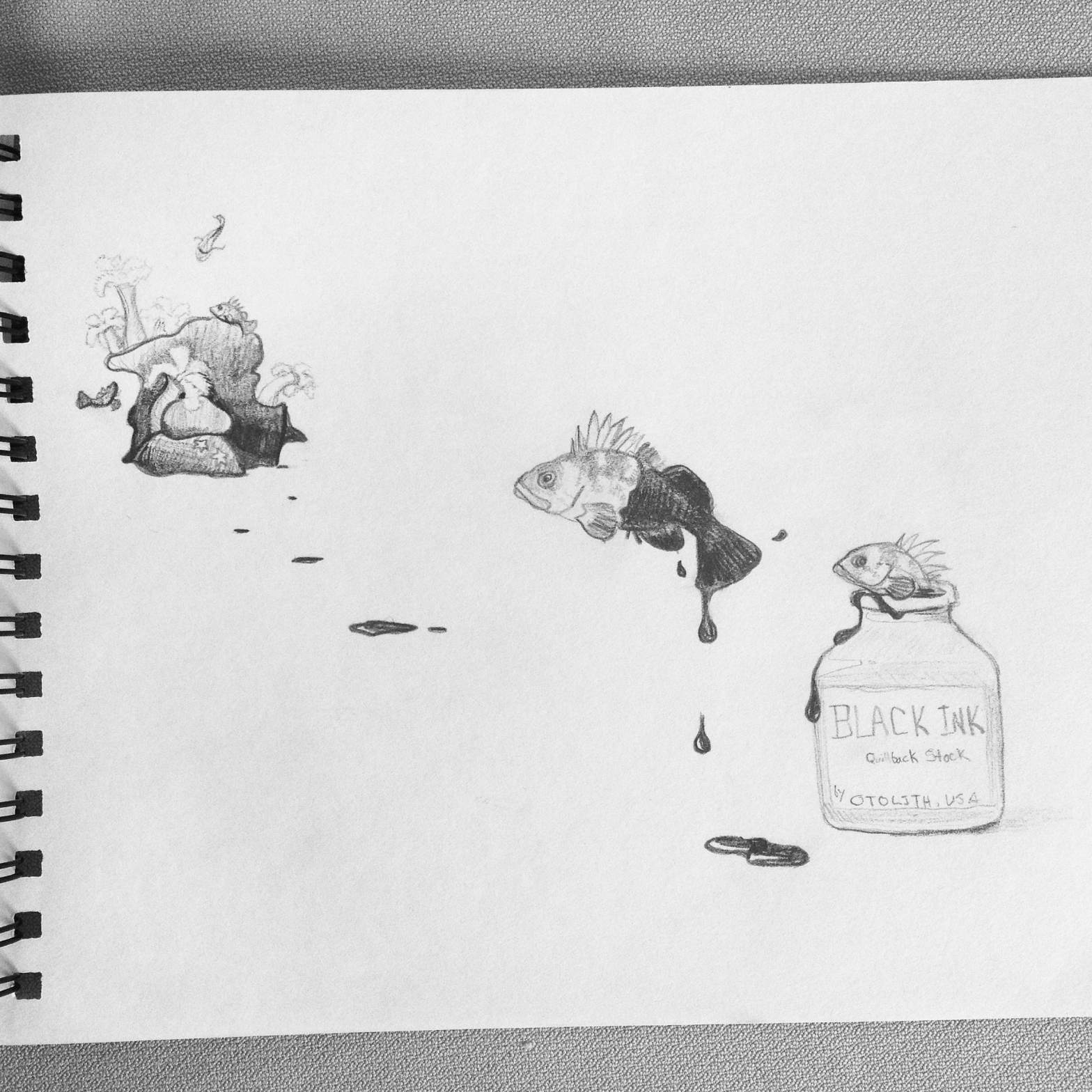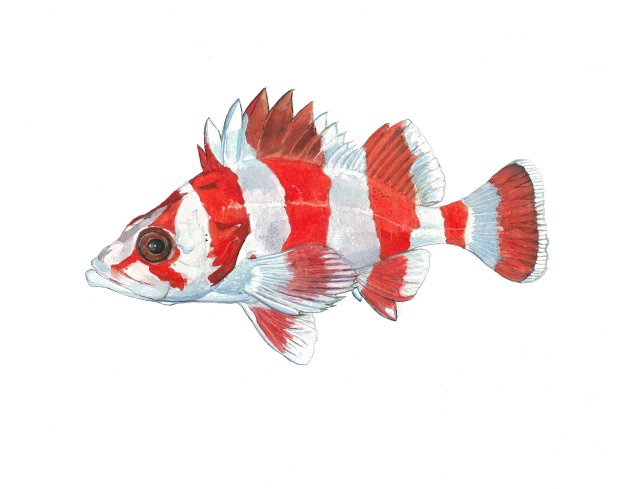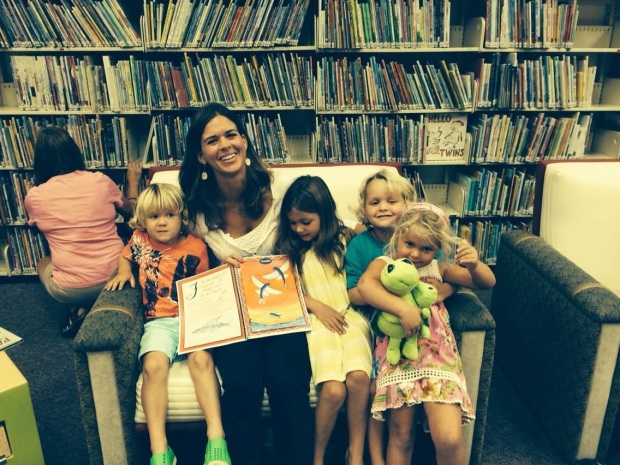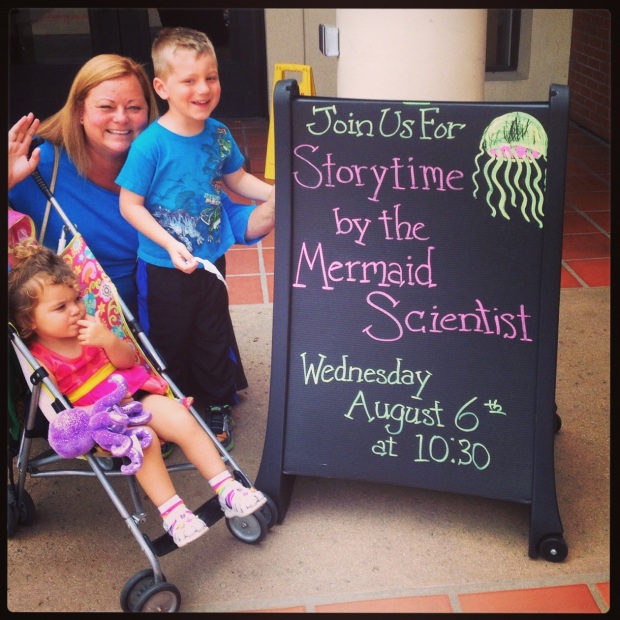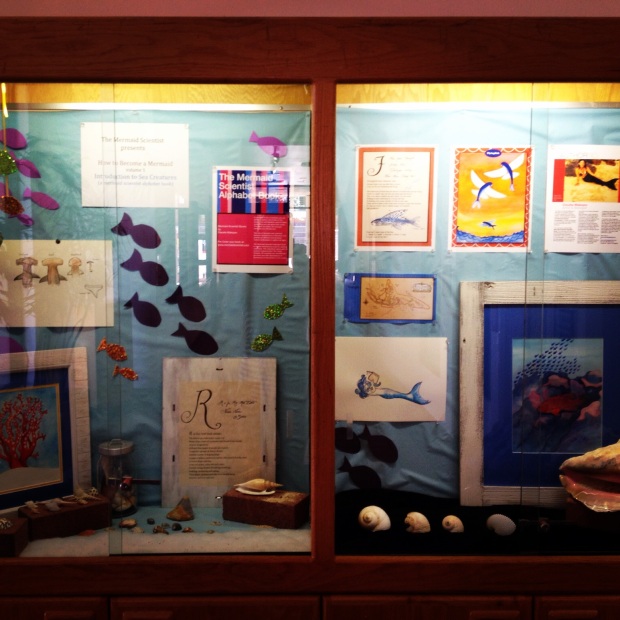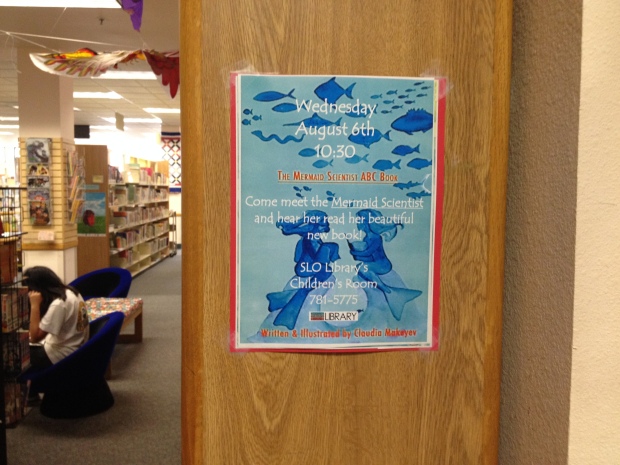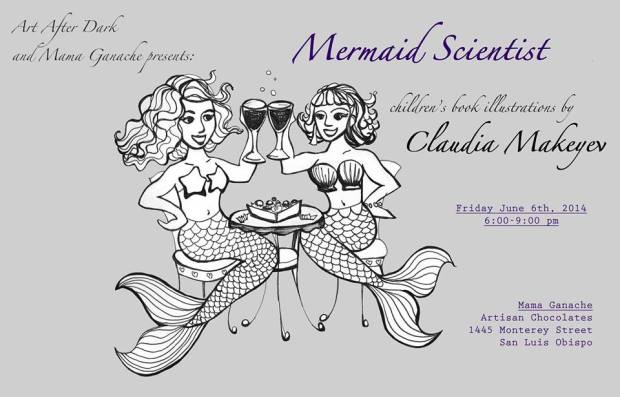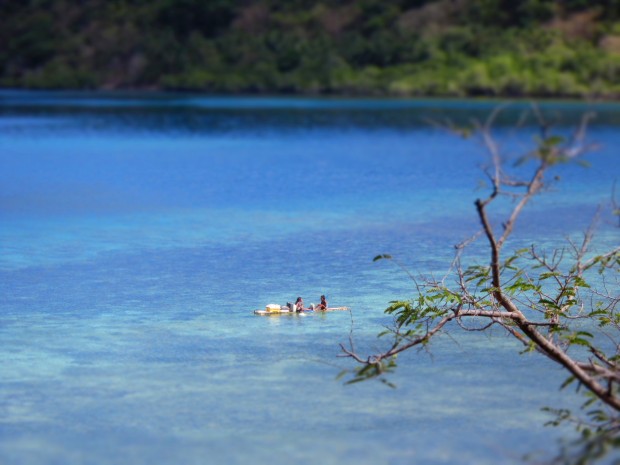In the deep, blue Sulu Sea there is a group of beautiful, white sand islands. To get there from Australia, set your heading west of New Guinea. If you hit Bali you’ve gone too far. Go a shade north of Borneo and you will reach Busuanga Palawan, a magnificent king of the coral reef-encrusted East Indies where The Mermaid Islands Corporation took root in 2010.
These tropical islands are a mecca for modern day explorer-biologists, as they still resonate and whisper historic promises of discovery given to the likes of Alfred Wallace and Charles Darwin. This corner of the ocean is the earth’s most biodiverse marine region and is home to many treasures yet to be discovered (including island clusters undocumented by the omnipotent Google Earth). In fact, The California Academy of Sciences found more than 300 new species, including a new shark, on their short, 44-day Hearst Expedition in 2011. Discovery is a daily delight in these waters. It is an experience sure to give any naturalist tingles up and down the spine.

The Tagbanua (Tahg-Bah-Nwa) are the indigenous fishers who have always lived in harmony with the ocean and these islands. Property boundaries are only documented and verified by the memories of the elders; their ancient language, seldom written, resembles hieroglyphics, and they live day-by-day, harvesting what they need. Over the last 50 years, they have noticed a significant decline in the size and number of fish swimming in their waters. Where you could once catch 50 large Lapu Lapu in an hour, now you can catch two small Lapu Lapu in 10 hours. (Lapu Lapu aka Coral Grouper aka Cephalopholis miniata).
The Philippines is no different from other countries in that overpopulation is causing increased human impact in remote and pristine areas. In times past, these remote regions were protected by the mere fact that they were too remote and too wild to be tamed. Now, every month, thousands of immigrants from large cities like Manila and Cebu set up squatter camps. The camps lack infrastructure, like sewage, and are filled with people who are desperately hungry, all of whom traditionally eat fish. The Tagbanua are powerless against the flow of immigrants and wholly unprepared to protect their land and waters from it. What makes the effect of this local population boom so extreme isn’t just the overfishing; it is the devastating use of dynamite and cyanide to harvest fish on the near-shore coral reefs.
Coral is a shockingly resilient creature in The Philippine Islands compared to other places in the world. It bounces back from warm water bleaching events, disease, storm sedimentation, raw sewage, and the annual crush of violent typhoons. Regardless of how durable this coral has become, the two aforementioned fishing techniques, cyanide and dynamite, are its deadly opponent.

Cyanide can be purchased in a 50 lb bag of pellets and it’s very easy to use – just throw the pellets around in the water as you float over the reef. Instead of spending hours to catch one fish by hand, all the fish simply float to the surface. But, the whole reef, the foundation for fish life and human food security, is badly damaged by its use. Dynamite, or “Blast Fishing,” blows up the reef and leaves behind a crater of dead fragments. Even these tough corals can not bounce back from being blown up. These particular overfishing techniques result in less fish available to an already hungry population, which leads fishermen to take more desperate measures to feed families, leading to an even more destroyed reef and a lot less fish.
Recently, the Filipino government granted the Tagbanua the rights to their ancestral domain and they have begun to assess the growing damage to their island reefs. They value their fish stocks and want to keep them healthy, but lack expensive enforcement and knowledge of modern ecosystem-based management. My background is in the analysis of Marine Protected Areas (MPA’s) and their associated fisheries. My interests include investigating the bio-economic implications of catch, gear, permits, habitat, and time, and cornering anyone who feigns interest to enthusiastically talk about it. In 2010, I spent several weeks alone on one of these islands. This is when I met a group of Tagbanua kids and then their council of elders and I was excitedly bursting with thoughts and run-on-sentences.

As I spent time learning about their lives and offering to share what I know about fisheries, I shocked both the children and then the elders with fun facts about the water around them; for example, that coral was alive. It was from these discussions, and the determination of Tagbanua islanders to maintain their valuable fish stock, that The Mermaid Islands Corporation was born. The Tagbanua wanted a Coral Ecology Learning Lab for Tagbanua kids, the future stewards of their ancestral waters. We at The Mermaid Islands Corporation agreed to solicit funds from investors in the area to support the project. Together, we found the perfect little island to house the Mermaid Islands Learning Lab, and the Tagbanua would protect the waters around the school’s island from destructive fishing practices. Our agreement resulted in the first Mermaid Islands Education-Based, Tagbanua-Run Marine Protected Area.

I did not expect this adventure when I came to the Philippines. My initial focus was to study and protect the gorgeous tropical reefs in The Coral Triangle but found that I needed to redefine the starting point. Being able to read a book gives you access to infinite knowledge. Knowledge is power and reading is the first step not only to self empowerment but to life long opportunities, answers and adventures. My hope is that this learning lab will eventually allow them to take advantage of the massive database of coral reef ecology and ecosystem based management that exists just beyond their fingertips. This is why the educational component of The Mermaid Islands Corporation has come to define us.
Tending Island is a small island in the protective shadow of a pearl farm. A rag tag bunch of adorable Tagbanua kids, eager to learn, had to paddle their little canoes more than eight hours to get to Tending Island. To fix this problem, we decided to house and feed the kids throughout the school week. This added incentive for the kids and surrounding families to attend. Expected attendance at orientation was 22 students but 76 kids, from ages four to 17, showed up and with uncles, aunties, and grandparents in tow. The education dinner bell had rung, and everyone was invited to stay. To compensate for the unexpected attendance numbers, we scaled down the school week from five to three days a week. The teachers would also spend the nights to help rope in the chaos. We also hired one of the grannies as a full time cook and a young couple to stay as full time caretakers on the island. The parents also helped support the initiative by supplementing our meals with fish and extra firewood over the next six months, and they often stayed to listen in on the lessons.
The staff learned a lot during the first few months. The first thing we learned was that 85% of the students were illiterate. The few who could write their names did, the rest bravely attempted to emulate them by awkwardly drawing ornate scribbles on their page. The second thing that we learned was that 98% of the students had never been to school before. When asked why, they explained that nobody could afford to get birth certificates. In order to attend a “real” school, you had to be documented.
Our curriculum quickly evolved into a basic literacy and numeracy lab, sprinkled with occasional coral ecology lectures featuring photo slideshows. By the end of the first year, everyone could write their name, do some basic math, and had birth certificates. Nine students proudly passed the basic literacy exam and were accepted at the nearest high school in Coron. And, while educating the kids in the area, the adults were taking active steps to protect the reef around the island. The biggest triumph for the Tagbanua was when the Philippines Department of Education acknowledged their efforts in education and officially became the next funder of the school. Starting in September 2012, the Department of Education is providing Tending Island with two teachers: one for kindergarten and one for first grade. I was happy to pass the torch to the professionals which allowed me to expand our initiative and refine it’s focus back to Marine Ecology.

Starting in February 2012, Mermaid Islands Corporation partnered with Unite to Light to bring solar powered reading lights to the students. (To donate a light, click here and choose, “Mermaid Project, Philippines” in the Donation Recipient dropdown list). Another project we’re working on for the kids, and my favorite one, is an alphabet book of Palawan sea creatures that we are looking to publish. The Mermaid Islands Alphabet Book is filled with facts about their island reef and supplemented with charismatic representations of fish, dugongs, and invertebrates that most people in the area simply call dinner. Let’s not underestimate the power of anthropomorphizing animals in this process to build respect and understanding for the aquatic environment.
While I didn’t set out to start an education program, that is what I ended up doing on Tending Island. This School represents a partnership among parents, students, teachers, and community leaders committed to teaching their children to read and write. This important skill will prepare students for success in high school and in life. By helping these students become literate and self empowered, Tending Island School plays a part in building a better tomorrow for the community, for Palawan and for the Philippines. The Mermaid Islands Corporation empowers kids through ocean education and basic literacy, a mission first defined by the needs and enthusiasm of this particularly impressive indigenous community.


